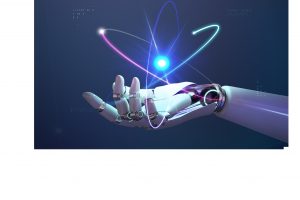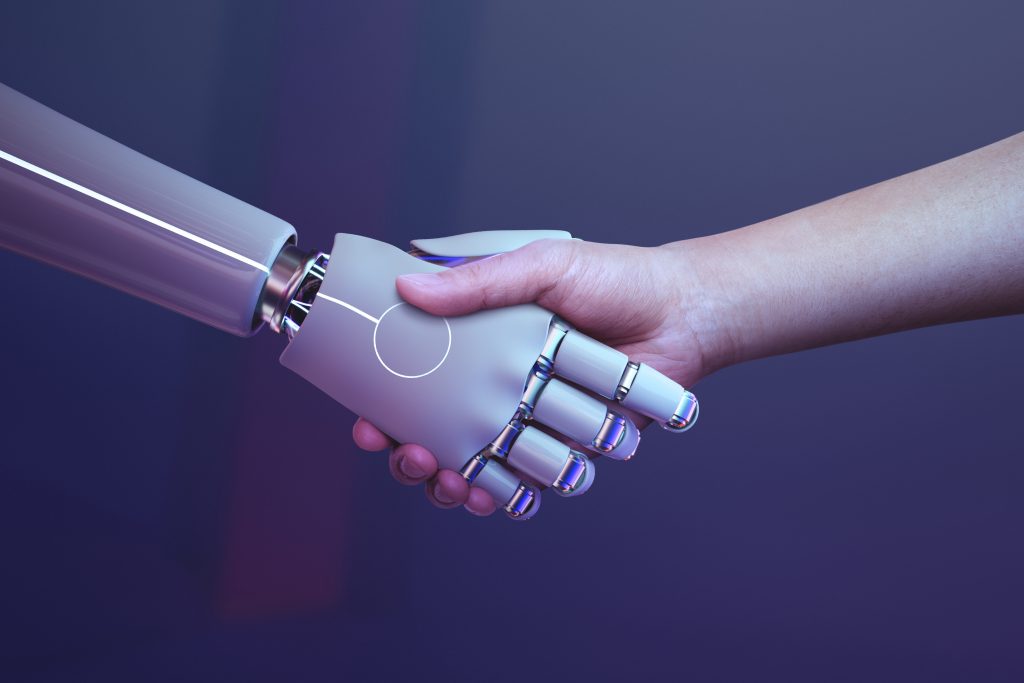first Python programmihttps://toolspower.xyz/first-python-programming/ng

Reinforcement learning- (RL)-What is RL in reinforcement?-introduction
what is machine learning (ml)?what is a risk to data when training a
machine learning (ml) application?
Python is a popular and versatile programming language known for its simplicity, readability, and wide range of operations. It’s widely used in colorful disciplines, including web development, data analysis, scientific computing, machine literacy, artificial intelligence, robotization, and more. Python’s ease of use and large community support make it an excellent choice for newcomers and educated inventors likewise. Then is a basic preface to Python (first Python programmin)
1. Syntax and Structure =
first Python programming Python uses a clean and fluently readable syntax, characterized by its use of indentation to define law blocks. Indentation is pivotal in Python and is used to indicate the structure of the law. This makes Python law visually appealing and reduces the need for unequivocal delimiters like braces or semicolons.
2. Data Types (first Python programming)
Python has erected- in support for colorful data types, including integers, floating- point figures, strings, lists, tuples, wordbooks, sets, and more. These data types give the foundation for working with different kinds of information. 3. ** Variables ** In Python, you can assign values to variables without specifying their data type explicitly. Variables are created as soon as they are assigned a value.
4. Control Structures=first Python programming
Python supports common control structures similar as if statements, for circles, and while circles. These structures enable you to produce tentative and iterative sense in your programs.
5. Functions =
first Python programming Functions in Python allow you to synopsize a piece of law into a applicable unit. You can define functions using the def keyword, and they can accept arguments and return values.
6. Modules and Packages=first Python programming
![]()

Python’s modular design encourages law exercise and association. You can organize your law into modules and use external libraries( packages) to extend Python’s functionality.
7. Input and Affair=first Python programming
Python provides functions to read input from the stoner(e.g., input()) and display affair(e.g., print()).
8. Exception Handling =
Python has a erected- in medium for handling crimes and exceptions using the pass, except, and eventually statements.
9. Lists and wordbooks=
Lists are ordered collections of particulars, while wordbooks are collections of crucial- value dyads. They are protean data structures used for colorful tasks.
10. Strings =
Strings are sequences of characters, and Python provides multitudinous styles for string manipulation and formatting.
11. Object- acquainted Programming( OOP) =
Python supports OOP principles, allowing you to define classes and produce objects with attributes and styles.
12. train Handling =
suggestion first Python programming
Python makes it easy to read from and write to lines using erected- in functions. To start programming in Python, you need to have Python installed on your computer. You can download the rearmost interpretation from the sanctioned Python website Python comes with an interactive practitioner that lets you trial with law particles in a REPL( Read- Eval- publish Loop) terrain. also, you can write Python law in textbook editors or integrated development surroundings( IDEs) acclimatized for Python development. Then is a simple” Hello, World!” program in Python python print(” Hello, World!”) As you claw deeper into Python, you will discover its vast ecosystem of libraries and fabrics that feed to different disciplines, making it a important tool for a wide range of tasks.
what is AI // क्या है ai //type of ai
Reinforcement learning- (RL)-What is RL in reinforcement?-introduction
FAQ
When did Python coding start?
suggestion first Python programming
Python’s development began in the late 1980s. It was created by Guido van Rossum, a Dutch programmer. The first version of Python, which is now referred to as Python 0.9.0, was released in February 1991. Guido van Rossum’s aim was to create a programming language that emphasized code readability, allowed for a clean and easy-to-understand syntax, and supported a wide range of programming paradigms.
Python’s development has continued since then, with multiple versions and updates being released over the years. It has grown in popularity due to its simplicity, versatility, and strong community support.
Who invented Python first?
suggestion first Python programming
Python was created by Guido van Rossum, a Dutch programmer. He started working on the language in the late 1980s and released the first version, Python 0.9.0, in February 1991. Guido van Rossum continued to lead the development of Python for many years and played a significant role in shaping its design and evolution.
How started Python?
suggestion first Python programming
Python started as a personal project by Guido van Rossum, a programmer from the Netherlands. He began working on Python in the late 1980s while he was at the Centrum Wiskunde & Informatica (CWI) in the Netherlands. He was motivated to create a new programming language that would overcome some of the limitations he observed in existing languages like ABC.
Guido van Rossum aimed to develop a language that would be easy to read and write, with a clear and intuitive syntax. He wanted to create a language that emphasized code readability and focused on supporting multiple programming paradigms, such as procedural, object-oriented, and functional programming.
The first version of Python, Python 0.9.0, was released in February 1991. The language gradually gained popularity within the programming community due to its simplicity, readability, and versatility. Guido van Rossum continued to lead the development of Python for many years, fostering a strong open-source community around the language that contributed to its growth and evolution.
Reinforcement learning- (RL)-What is RL in reinforcement?-introduction
what is AI // क्या है ai //type of ai
How to write Hello World in Python?
suggestion first Python programming
Writing “Hello, World!” in Python is very simple. Here’s how you can do it:
“`python
print(“Hello, World!”)
“`
You can write this single line of code in a Python interpreter or in a Python source code file (with a `.py` extension) and then run it using a Python interpreter. When you run the code, it will output “Hello, World!” to the console.
What is the oldest programming language
suggestion first Python programming
One of the oldest programming languages is Fortran (short for “Formula Translation”). It was developed by IBM in the 1950s, with the first version, Fortran I, released in 1957. Fortran was designed for scientific and engineering calculations and was the first high-level programming language to gain widespread adoption.
Another early programming language is Assembly Language, which is not a high-level language like Fortran but is rather a low-level language that directly interacts with a computer’s hardware architecture. Assembly languages have been around since the early days of computers and were used to write programs that interacted with the hardware at a very low level.
Additionally, there were earlier machine languages and low-level languages used for specific computers and architectures before the development of high-level languages like Fortran. These early languages were often specific to the hardware they were designed for and were not as portable or user-friendly as modern programming languages.
Who invented Python and why?
suggestion first Python programming
Python was created by Guido van Rossum, a programmer from the Netherlands. He invented Python to make programming easier and more readable. He wanted to build a language that anyone could understand and use effectively. This language became Python, which is now used for a wide range of tasks, from web development to scientific research.
What is the old name of Python?
suggestion first Python programming
The old name of Python was “ABC.” Guido van Rossum, the creator of Python, was inspired by the ABC programming language while developing Python. However, Python is a distinct language with its own features and design principles, and it was created to address some of the limitations and shortcomings of the ABC language.
Why is it called Python?
suggestion first Python programming
The name “Python” for the programming language was inspired by the British comedy group Monty Python’s Flying Circus. Guido van Rossum, the creator of Python, has often cited his fondness for Monty Python’s humor as the reason for choosing the name. He wanted a name that was unique and a bit quirky, reflecting the nature of the language itself.
Guido van Rossum has mentioned that he decided on the name “Python” while thinking of a name for his new programming language during the Christmas holidays in 1989. The name not only paid homage to the comedy group but also reflected Guido’s desire for a short, unique, and memorable name for the language he was creating.
What is Python named after?
suggestion first Python programming
Python is named after the British comedy group “Monty Python’s Flying Circus.” The creator of Python, Guido van Rossum, was a fan of the comedy group’s work, and he chose the name as a playful and memorable way to name his programming language. The connection to Monty Python adds a touch of humor and distinctiveness to Python’s name.
Reinforcement learning- (RL)-What is RL in reinforcement?-introduction
what is AI // क्या है ai //type of ai


